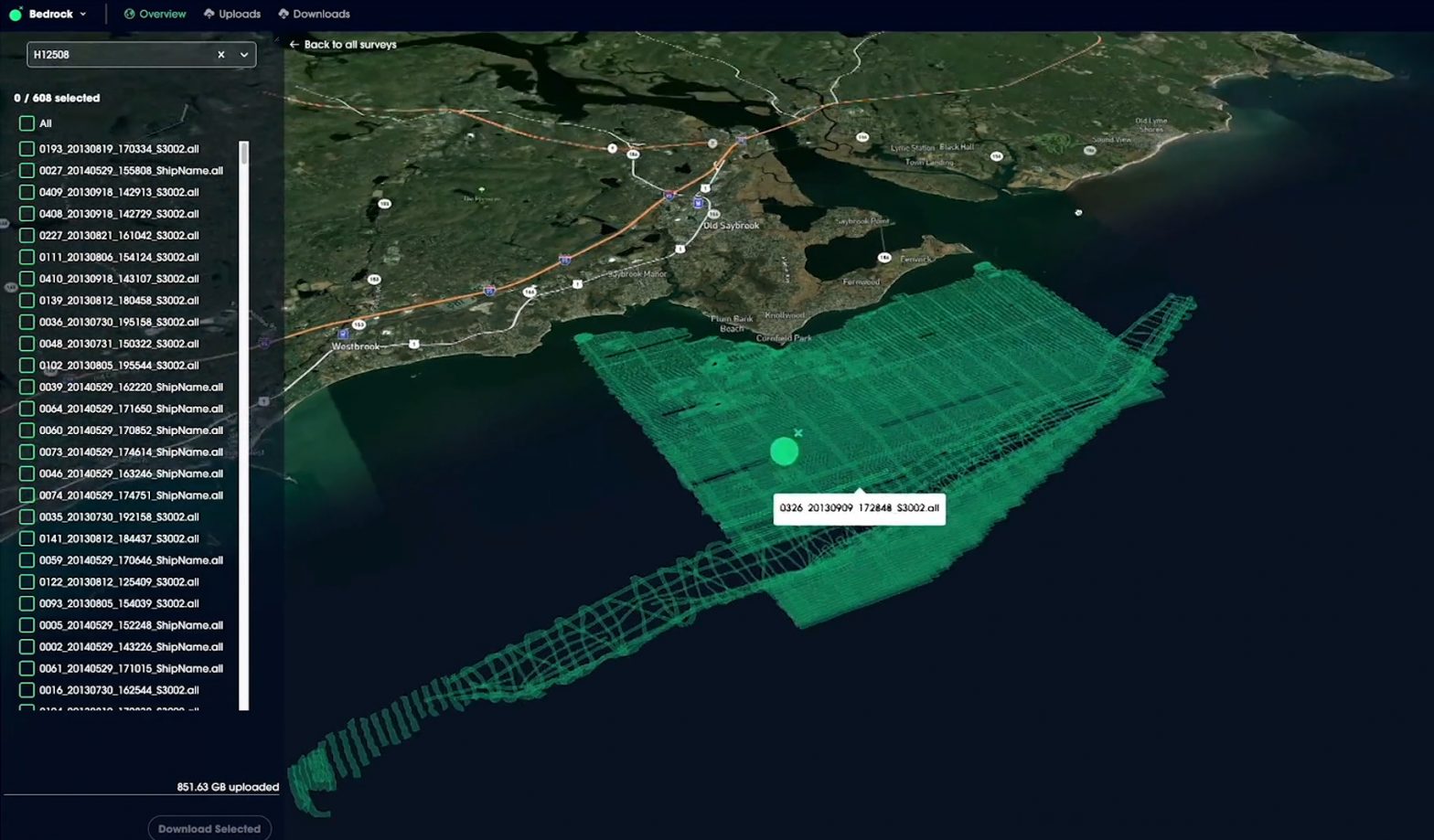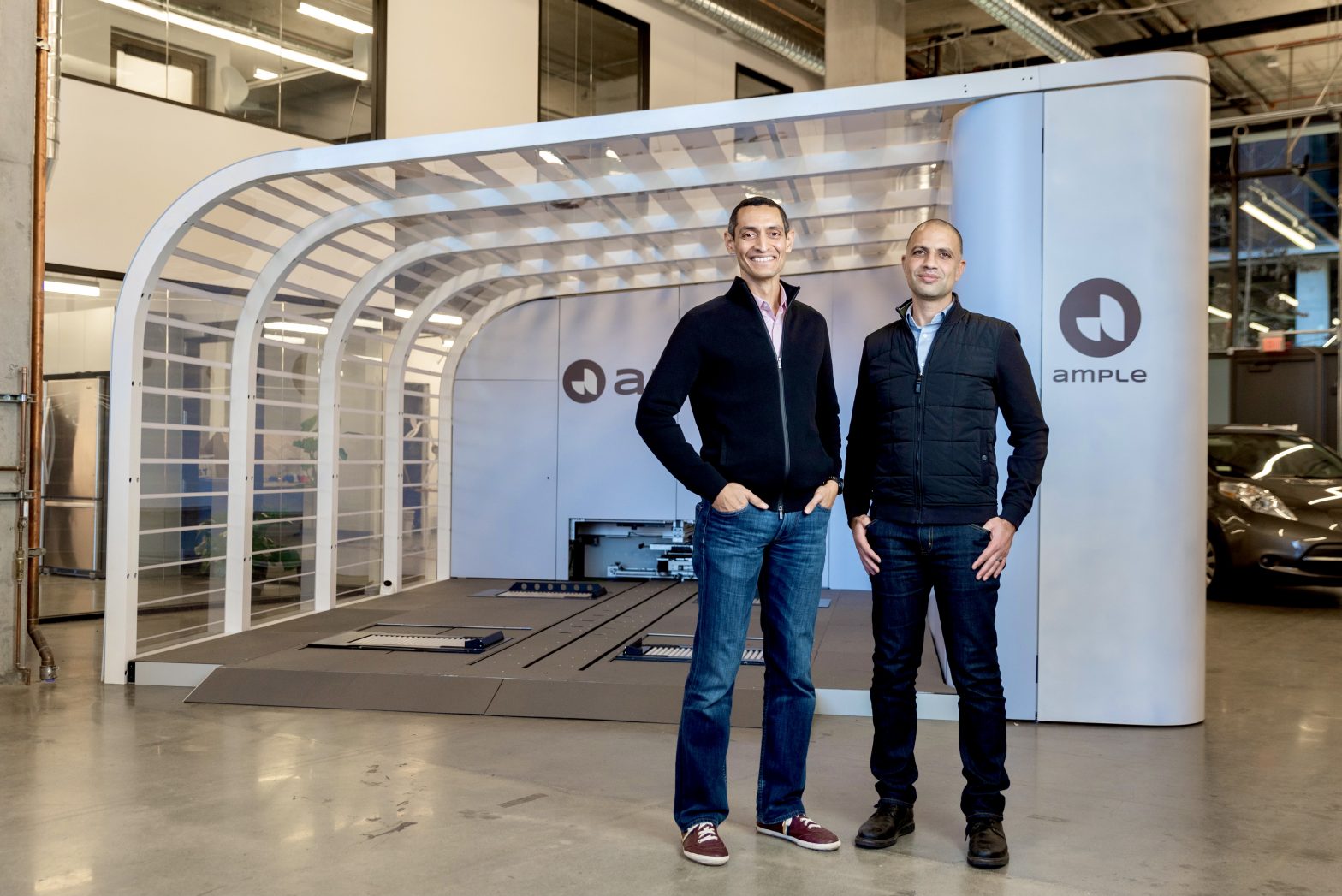DUBLIN, Aug. 19, 2021 /PRNewswire/ — The “Commercial Vehicle Telematics – Global Market Trajectory & Analytics” report has been added to ResearchAndMarkets.com’s offering. Global Commercial Vehicle Telematics Market to Reach $37.3 Billion by 2027 Amid the COVID-19 crisis, the global market for Commercial Vehicle Telematics estimated at US$10.4 Billion in the year 2020, is projected… Continue reading Global Commercial Vehicle Telematics Market Report 2021: Market to Reach $37.3 Billion by 2027 – Aftermarket Telematics Emerges Over the Horizon to Compete With OEM Embedded Telematics
Tag: Mobility
Ex-Nissan exec Kelly wants boardroom, not criminal, trial
Kelly, an American lawyer who worked for three decades for Nissan Motor Co., is awaiting a verdict in his trial on charges of financial misconduct in the case of Carlos Ghosn. The embattled former chairman of the Renault-Nissan-Mitsubishi alliance jumped bail and fled to Lebanon in late 2019, leaving Kelly in Japan alone to face… Continue reading Ex-Nissan exec Kelly wants boardroom, not criminal, trial
@Groupe PSA: PR CITROËN UK REVEALS UPDATED GRAND C4 SPACETOURER RANGE002315
Citroën UK updates award-winning Grand C4 SpaceTourer – revised range available from October 2021 production. Streamlined trim and engine line-up ensures each version comes with the most desirable features as standard. Citroën Grand C4 SpaceTourer seven-seat MPV now available in most popular ‘Sense’ and ‘Shine’ trims, with the entry-level ‘Live’ specification no longer offered. Prices… Continue reading @Groupe PSA: PR CITROËN UK REVEALS UPDATED GRAND C4 SPACETOURER RANGE002315
Gojek rolls out ride-hailing service for four-wheelers in Vietnam
GoCar will only be initially available for frontline healthcare workers in Ho Chi Minh City. Go to Source
AI-packed ‘robocar’ puts Baidu in the self-driving fast lane
BEIJING — The vehicle has no steering wheel nor a gas or brake pedal, but the AI-loaded concept dubbed “robocar” unveiled Wednesday by Baidu, the Chinese company best known for its search engine, showcases its advances in an eight-year effort to develop autonomous-driving technology. The debut of the futuristic car coincides with Baidu’s renewed push to produce electric vehicles through… Continue reading AI-packed ‘robocar’ puts Baidu in the self-driving fast lane
Bedrock modernizes seafloor mapping with autonomous sub and cloud-based data
The push for renewable energy has brought offshore wind power to the forefront of many an energy company’s agenda, and that means taking a very close look at the ocean floor where the installations are to go. Fortunately Bedrock is here to drag that mapping process into the 21st century with its autonomous underwater vehicle… Continue reading Bedrock modernizes seafloor mapping with autonomous sub and cloud-based data
Ample raises $160M to scale its battery swapping service
San Francisco-based Ample has raised a $160 million Series C to scale its battery swapping service, the largest round yet for the 8-year-old startup that wants to completely rethink how we use electric vehicles. Ample’s approach is relatively straightforward: Cars equipped with the company’s modular battery pack can drive into one of Ample’s automated charging… Continue reading Ample raises $160M to scale its battery swapping service
ALYI Expects To Begin Generating EV Rideshare Revenue This Year Entering $16 Billion Motorcycle Taxi Market
DALLAS, Aug. 19, 2021 /PRNewswire/ — Alternet Systems, Inc. (USOTC: ALYI) (“ALYI”) today confirmed that it expects revenue from its Electric Vehicle (EV) Rideshare Business to start before the end of 2021. The company added today that it intends to publish a specific revenue target in approximately three weeks from now, shortly after Labor Day which… Continue reading ALYI Expects To Begin Generating EV Rideshare Revenue This Year Entering $16 Billion Motorcycle Taxi Market
Tesla’s ‘neural net’ is set to be the star of Elon Musk’s AI day (TSLA)
Tesla’s AI day comes just days after NHTSA launched a probe into its Autopilot system. The event will provide updates on Tesla’s self-driving technology and serve as a recruitment opportunity. Here’s what experts expect Elon Musk and other executives to discuss at the event on Thursday. Loading Something is loading. Tesla’s AI day, set for… Continue reading Tesla’s ‘neural net’ is set to be the star of Elon Musk’s AI day (TSLA)
REE Automotive Awarded £12.5 Million GBP Funding from the UK Government
The UK funds will allow REE to facilitate commercial production of its breakthrough REEcorner™ technology and ultra-modular electric vehicle platforms, including engineering design, validation, verification and testing and product homologation. REEcorner™ technology packs critical vehicle components (e.g. steering, braking, suspension, powertrain and control) into a single compact module located between the chassis and the wheel,… Continue reading REE Automotive Awarded £12.5 Million GBP Funding from the UK Government

